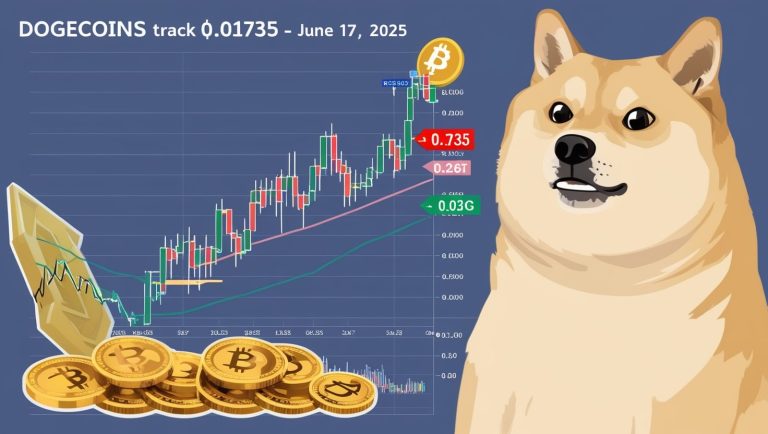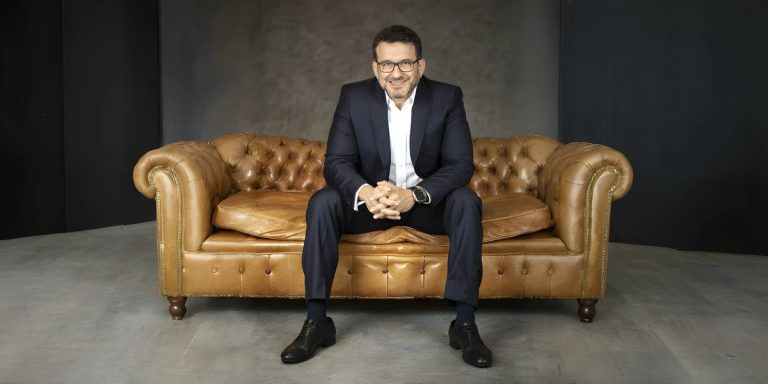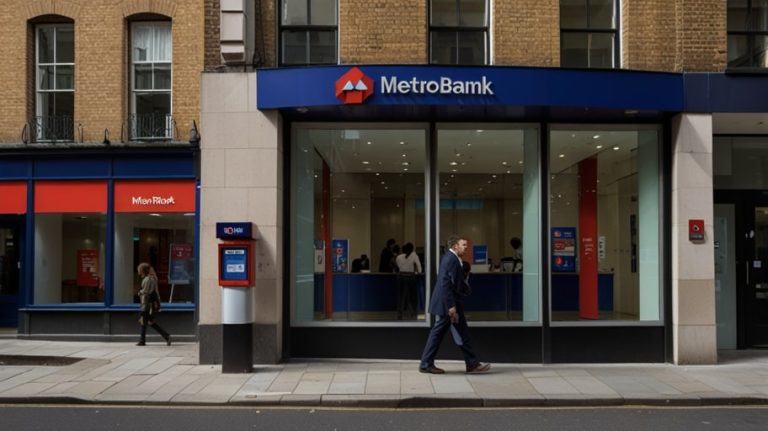Third on the list of cryptocurrencies is Tether (USDT), which has a price of $1.00 and a total market cap of 155.54 billion dollars. Its peg stability is expressed as a marginal 0.03 percent daily decrease. There was a 56.71 percent increase in trading volume, as Tether became a safe haven in the marketplace to an unprecedented extent, recording an increase in trading volume to 87.58 billion dollars.
Factors of Price Stability
The Tether peg of $1.00 did not fall because of the turbulence in the crypto markets, because its reserves are backed in dollars. Current audits affirm a one hundred percent support that enhances reliance. However, this is followed by a small 0.03 percent drop, which is seen due to slight redemption pressures as investors move towards riskier assets as part of a wider market correction.
Insights on On-Chain Activity
The blockchain metrics of Tether indicate that there is intense activity with 1 million active wallets. It had daily transactions of US$87.58 billion, which shows it by far dominates trading pairs. The flow of stablecoins to exchanges is at all-time highs, meaning people are putting money into USDT as a hedge against alt volatility.
Technical Analysis snapshot
The USDT price chart also demonstrates little deviation around $1.00, and Bollinger Bands state its high stability since they are tight. It is trading between supportive levels of 0.9995 and resistant levels of 1.0005. As long as the breach is below 0.999, it might panic the market, but old data indicates that there is a fast recovery.
Dynamics of Market Sentiment
Tether’s stability contrasts with altcoin decreases, such as Dogecoin’s 2.22 percent fall. X advises USDT’s reliability, as the overall sentiment of posts is bullish, with a Fear and Greed Index of 62. Its liquidity provider status is a source of good confidence, even though there continues to be scrutiny on the regulatory front.
Regulatory and Institutional Task
American regulators pressure Tether regarding the disclosure of reserves, but appear to be entering the DeFi platforms more actively. Coinbase’s use as an institutional hold empowers it. In 2025, a proposed stablecoin bill might help determine USDT’s legal position, which would determine its future.
Comparison with the Stablecoin Competitors
Tether has a higher market cap than USD Coin (USDC), at 53.21 billion, compared to Tether, whose market cap stands at 155.54 billion. USDT has more extensive exchange utility, represented by the greater trading volume (56.54% vol/market cap). We have an advantage: Tether has fiat security compared to algorithmic stablecoins, which lack it.
Macroeconomic Context
The resilience of Tether is revealed by the fact that the crypto market’s cap decreased by 5 percent to $3.27 trillion. The advantage of USDT as a hedge is boosted by Bitcoin’s $107,717 value and Ethereum’s $2,759. The ever-increasing U.S. Treasury yields and inflation concerns are a demand driver for stablecoins, with Tether being the biggest beneficiary of the inflows.
Short-Term Price Outlook
Tether is likely to sustain its $1.00 peg unless there is unexpected redemption. Analysts do not notice any great deviation in the absence of any regulatory shocks. The significant volumes in the trading indicate that it will maintain its demand as a secure asset, and support levels will be maintained despite the small movements.
Long-run Effect on the Market
Tether’s infinite supply and centralized model are a matter of debate, but no other liquidity solution has been as accommodating as Tether. USDT is expected to continue its dominance in stablecoins until 2030, and it could have a market cap of up to $200 billion when DeFi and cross-border payments gain momentum. What is essential is regulatory certainty.
Community Strength/ Ecosystem Strength
Tether’s ecosystem does not lag behind and holds 157 billion circulating tokens. It is interconnected with Ethereum, Tron, and Solana, which increases accessibility. The USDT’s dominance is supported by community credence unless otherwise daunted by X posts raising questions regarding the long-term sustainability of its reserves.
Strategic Investor Reconsiderations
To investors, Tether provides no juicy returns when held in wallets. It is helpful during trading and hedging. It is essential to monitor regular changes and audits of the reserve. Fund diversification activity into USDC or DAI can decrease exposure to the risks associated with Tether and preserve all the advantages of stablecoins.
Conclusion
The $1.00 stable coin and the 155.54 billion dollar market cap pegged by Tether establish it as a crypto anchor. Though regulatory clouds surround it, its strength is seen in the high volume of trading and in the trust it enjoys by institutions. Tether provides much-needed security assistance to traders in the unstable crypto market.












 Bitcoin
Bitcoin  Ethereum
Ethereum  Tether
Tether  XRP
XRP  USDC
USDC  Lido Staked Ether
Lido Staked Ether  TRON
TRON  Cardano
Cardano  Avalanche
Avalanche  Toncoin
Toncoin  Solana
Solana